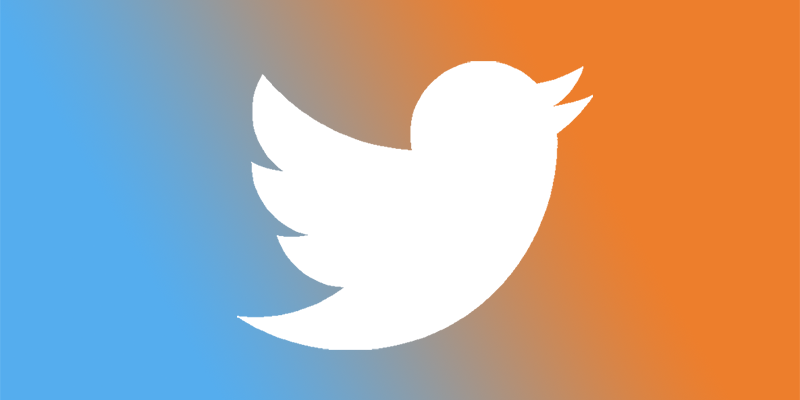Summer is conference high season, and June was no exception. PLabbers fanned out across the country (and San Francisco) for three events, including two patient-advocacy-group-led research meetings. The first conference was the 22nd annual Ara Parseghian Medical Research Foundation for Niemann-Pick C. In years previous it was hosted at Notre Dame, but this year the meeting returned to its roots in Tucson. Half of the attendees were first-timers, a welcome infusion of new ideas and research avenues.
Below are highlights:
Flying down to Tucson today for the Ara Parseghian Foundation's annual Niemann-Pick C conference. Will present PLab data on PERL101.
— Ethan Perlstein (@eperlste) June 4, 2016
Cindy Parseghian: we've raised $45M over 22 years to move NPC research forward. #APMRF16
— Perlara (@PerlaraPBC) June 5, 2016
Cindy Parseghian: @NotreDame (specifically Sean Cassen) is taking a larger role in running the Foundation. #APMRF16
— Perlara (@PerlaraPBC) June 5, 2016
Brown (UNSW): Niemann-Pick C disease is "too much cholesterol in the wrong place." #APMRF16
— Perlara (@PerlaraPBC) June 5, 2016
Zoncu (Berkeley): the lysosome is a smart organelle, not a passive trash receptacle as people have traditionally conceptualized. #APMRF16
— Perlara (@PerlaraPBC) June 5, 2016
Maxfield (Cornell): >75% of NPC1 pathogenic alleles can be rescued (cholesterol storage and trafficking defects) by HDACi's. #APMRF16
— Perlara (@PerlaraPBC) June 6, 2016
Charles Vite (UPenn): Disrupted autophagy and aberrant alpha-synuclein in the cat model of NPC. #APMRF16
— Perlara (@PerlaraPBC) June 7, 2016
Porter (NIH): VTS270-treated patients showed 50% improvement in disease progression compared to age- and severity-matched controls. #apmrf16
— Perlara (@PerlaraPBC) June 7, 2016
Machielse (Vtesse): epidemiological models predict 600 NPC patients in the US, but only 100 patients are in the NNPDF registry. #apmrf16
— Perlara (@PerlaraPBC) June 7, 2016
While I was Arizona, Nina went up the street to downtown SF to attend BIO 2016. BIO and JPM are the two largest annual BioPharma confabs, separated by six months. We were invited by a mitochondrial disease advocate to speak about the PLab platform at the rare disease track.
To all #BIO2016 folks interested in rare diseases, be sure to connect with @NinaDiPrimio and @hartl_tom this week. cc @RarePOV @collabchem
— Perlara (@PerlaraPBC) June 6, 2016
Packed presentation @ViumInc. Thrilled @PerlsteinLab is working with them. Automate your mouse studies! pic.twitter.com/VZTtgRLYzE
— Nina DiPrimio (@NinaDiPrimio) June 6, 2016
PLab’s 7th full-time team member, Feba Sam, officially joined in mid-June. We’re very excited to have her onboard! Feba will be working closely with Nina.
Thrilled to announce that @FebaSusanSam is our newest full-time team member! 4 out of 7 PLab scientists are women https://t.co/8ilXQKYssD
— Perlara (@PerlaraPBC) June 9, 2016
Tom flew to Atlanta to attend the Mucolipidosis Type 4 meeting, which was organized by the ML4 Foundation‘s inspiring CSO Rebecca Oberman. Like NPC, ML4 is devastating lysosomal storage disorder caused by mutations in an ancient gene. Here are Tom’s dispatches from the conference:
I'm at the ML4 meeting in Atlanta…just got underway with intros. It's awesome that about half of the attendees are families and patients.
— Tom Hartl (@hartl_tom) June 19, 2016
Susan Slaugenhaupt kicks off ML4 Foundation meeting with a background on the condition, and description of unaddressed needs.
— Tom Hartl (@hartl_tom) June 19, 2016
Steve Walkley discusses how several different lysosomal storage diseases have convergent pathologies @ML4_Foundation
— Tom Hartl (@hartl_tom) June 19, 2016
Walkley: "cytotoxicity hypothesis," (1976) for the basis of cellular dysfunction in lysosomal storage diseases is too simple.
— Tom Hartl (@hartl_tom) June 19, 2016
Walkley: Two incredible recent discoveries in lysosome biology — TFEB as a master regulator of lysosomal system (biogenesis and autophagy)
— Tom Hartl (@hartl_tom) June 19, 2016
Walkley: 2nd mind blowing discovery in lysosomal biology is TFEB regulation via mTor on the surface of the lysosome.
— Tom Hartl (@hartl_tom) June 19, 2016
MLIV meeting highlights how a patient advocacy group and foundation can rally scientists: 4 promising therapeutic approaches presented!
— Tom Hartl (@hartl_tom) June 21, 2016
— Tom Hartl (@hartl_tom) June 22, 2016
See you next month!


